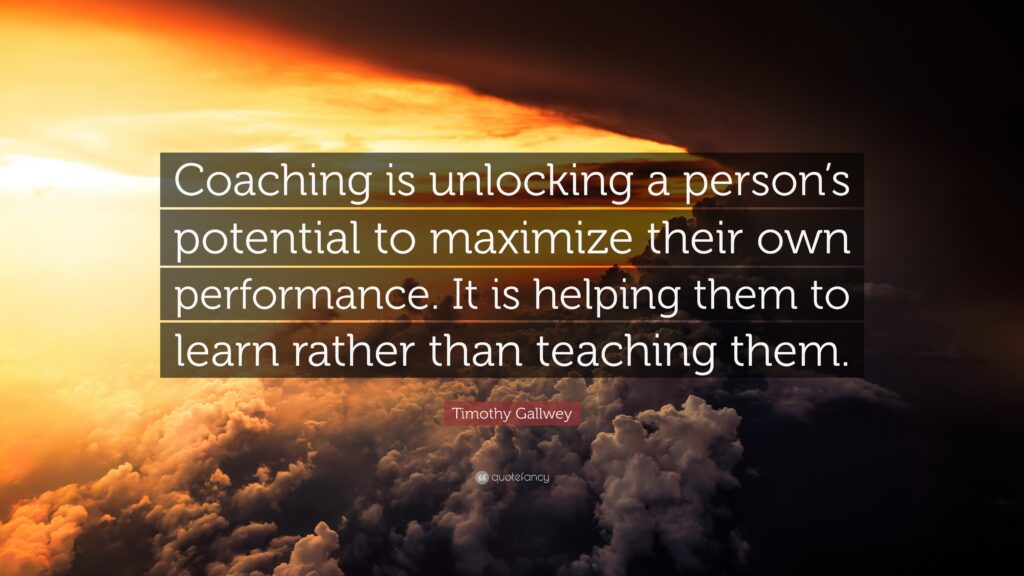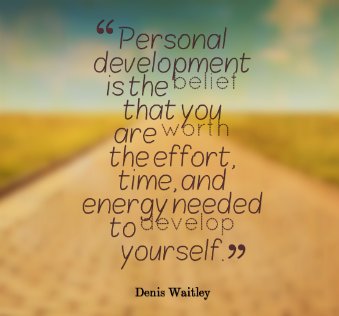This week, we’re covering everything you need to know to sleep better, longer, and more peacefully. Today, we’re going to learn all about why some of us are early birds, and others are night owls. The answer lies in our chronotype, which determines our natural sleep-wake patterns.
The Four Basic Chronotypes
There are a few specific chronotypes, and knowing which one we are (and recognizing which one another person is) can help us optimize our personal productivity and well-being as well as our expectations of others.
A chronotype reflects our biological clock or internal timing system.
Our chronotype dictates when we feel most alert and energetic, as well as when we naturally feel sleepy.
While we each may have slightly different variations, there are four main chronotypes.
- The Early Bird – The Lark: People who identify as early birds, or larks, are at their best in the morning. They tend to wake up naturally before the sun rises and feel most productive during the early hours of the day. Larks may find it challenging to stay awake in the evening and prefer to go to bed early.
- The Night Owl – The Owl: Night owls, or owls, are the complete opposite of larks. They thrive during the nighttime and find it challenging to wake up early in the morning. Owls are most alert and productive during the evening and tend to stay up late, even when they have to wake up early the next day.
- The In-Between – The Hummingbird: Hummingbirds fall somewhere in between larks and owls. They have a more flexible sleep-wake pattern and can adapt to different schedules. Hummingbirds can function equally well in the morning and evening, depending on their circumstances and personal preferences.
- The Bear: Bears represent the majority of the population. They have a balanced sleep-wake pattern and tend to follow the natural light-dark cycle. Bears feel most alert and productive during regular daytime hours and prefer to sleep at night.

The Impact of Your Chronotype
Understanding our chronotype can significantly impact our productivity, sleep quality, and overall well-being.
By recognizing whether you are a morning person, evening person, or somewhere in between, you can tailor your daily routine to align with your natural energy patterns.
How to Optimize Performance and Well-Being Based on Your Chronotype
There are a few key improvements we can make by acknowledging and leveraging our own chronotype.
- Sleep Quality: Knowing our chronotype can help us optimize our sleep schedule and quality. Larks, for example, may benefit from going to bed early and waking up early to align with their natural tendencies. Night owls, on the other hand, may need to adjust their schedules to accommodate their late-night energy spikes. Sleep is a vital component of our overall health and well-being, and its impact goes beyond just feeling rested. By aligning our sleep schedule with our natural circadian rhythm, we can improve sleep quality, allow ourselves to dream peacefully, wake up feeling refreshed, and avoid the grogginess associated with waking up during our body’s low-energy periods.
- Productivity and Alertness: Being aware of our chronotype allows us to schedule our most demanding tasks during our peak hours. Larks can tackle complex projects in the morning, while owls may find their creative juices flowing late at night. By aligning our most complex and demanding activities with our chronotype, we can maximize productivity and efficiency.
- Relationships and Social Life: Chronotypes can impact our relationships, especially if our partner has a different sleep-wake pattern. Understanding each other’s chronotypes can help you find a balance in daily routines to ensure that both of you are getting the rest you need.
The Power of Personalized Productivity
One of the key advantages of knowing your chronotype is the ability to optimize your productivity.
Different chronotypes have distinct peaks and dips in energy levels throughout the day.
By identifying your own pattern, you can schedule your most demanding tasks during your peak energy periods, ensuring greater efficiency and focus.
Practical Tips to Leverage the Power of Your Chronotype
Here are some practical tips to help you make the most of your chronotype:
- Identify Your Peak Energy Periods: Pay attention to your energy levels throughout the day and identify when you feel most alert and energetic. This will help you schedule your most important tasks during these periods.
- Align Your Sleep Schedule: Establish a consistent sleep schedule that aligns with your natural energy patterns. Try to go to bed and wake up at the same time every day, even on weekends. This helps regulate your internal clock and improve the quality of your sleep, too.
- Customize Your Work Schedule: If possible, customize your work schedule to align with your chronotype.
- Take Strategic Breaks: Plan short breaks during low-energy periods to recharge and avoid burnout.
- Experiment and Adapt: Everyone’s chronotype is unique, so it may take some time to find the perfect routine that suits you best. Experiment with different schedules and observe how they affect your energy levels and productivity.
- Maximize Light Exposure: Expose yourself to natural light during the day, especially in the morning. This helps regulate your circadian rhythm and reinforces your natural sleep-wake pattern.
Why It Pays to Know Your Chronotype
Knowing our chronotype helps us to optimize our productivity, sleep quality, and daily routine. By understanding our natural energy patterns and adapting our schedule accordingly, we can enhance our overall well-being and achieve greater success in both our personal and professional life.
It pays to leverage the power of our chronotype to optimize our performance and unlock our true potential.
Want to learn more about how to optimize rest? Another key driver of our sleep relates to circadian rhythm.
You may also be interested in reading about the amazing 10-3-2-1-0 Sleep Rule.
Thank you as always for reading.
If you haven’t yet subscribed, please visit KindCompassCoach and enter your email address so you never miss a post.


Joan Senio is the founder of KindCompassCoach. Her career includes 20+ years as a private sector corporate executive and 15 years as a consultant. The common thread through her professional life has been a commitment to compassionate coaching and leadership, including mentoring early and mid-career professionals as well as current and future executives and leaders. KindCompassCoach articles are backed by research and include facts and advice from relevant experts. Joan is a member of the International Organization of Life Coaches, serves as a thought-leader for KuelLife.com and is a regular contributor to PsychReg and Sixty and Me.
Discover more from KINDCOMPASSCOACH LIFE COACHING
Subscribe to get the latest posts sent to your email.







2 Responses
I’m familiar, as we mostly all are, of the early bird and the night owl. And I know I am neither. But I’d never heard of the bear – and that’s me! I love my sleep at night, and I’m at my best during the day – but no extremes, please! Interesting read, and I learned something new!
Yet another thing we have in common, Lori! I’m also a bear – and didn’t know it until I did the research for this post! I hope you’re having a wonderful visit with your grandson. 🙂